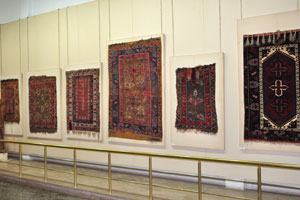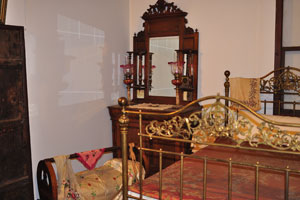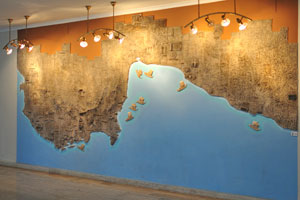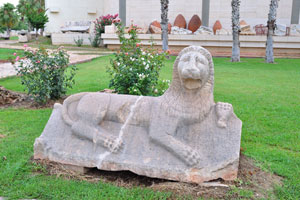
Ambulances arrived at the scene of an accident, this place is not far from the museum.

An injured man is sitting on a chair at the scene of an accident, this place is not far from the museum.

A police motorcycle is parked near the scene of an accident, this place is not far from the museum.

We are walking to the museum down Teoman Paşa street.











































































































































































































































